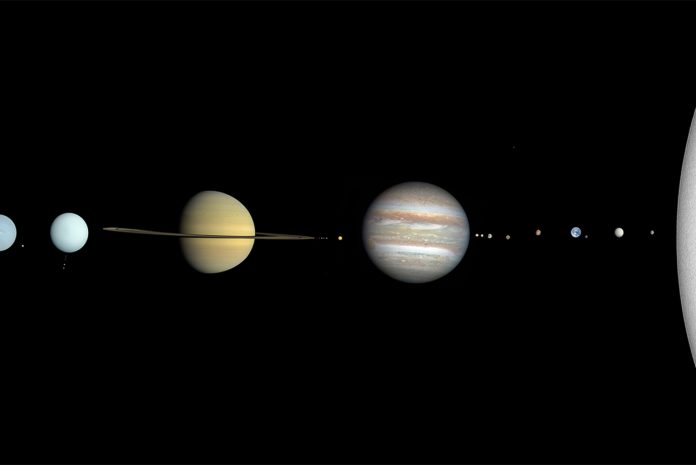
Planetary scientists are suggesting a new definition of what makes a planet, aiming to replace the old, sun-focused criteria.
The current definition, set by the International Astronomical Union (IAU) in 2006, states that a planet must orbit the sun within our solar system.
However, scientists have discovered many planets orbiting stars outside our solar system.
A new article in the Planetary Science Journal argues for a broader definition of a planet that includes these distant worlds.
This proposal, led by Jean-Luc Margot, a professor at UCLA, will be presented at the IAU General Assembly in August 2024.
Under the current rules, a planet must orbit the sun, be massive enough for gravity to shape it into a sphere, and clear its orbit of other objects.
But Margot and his team believe these rules are too limited and vague.
For instance, what does “cleared its orbit” really mean? The new proposal offers clear, measurable criteria that apply to planets both inside and outside our solar system.
In the new definition, a planet is a celestial body that:
- Orbits one or more stars, brown dwarfs, or stellar remnants.
- Has a mass greater than 10^23 kg.
- Has a mass less than 13 times that of Jupiter (about 2.5 x 10^28 kg).
Margot and his co-authors, Brett Gladman from the University of British Columbia and Tony Yang, a high school student, used a mathematical algorithm to analyze objects in our solar system. They found distinct groups of objects, helping them to create a new classification for planets.
One key quality of a planet is being “dynamically dominant,” meaning it can clear its orbit by accumulating or ejecting smaller objects nearby. All planets in our solar system meet this criterion, but dwarf planets like Pluto and asteroids do not. This characteristic can be used in the new definition.
The proposal also considers the size limit for planets. Some gas giants are so massive that they begin thermonuclear fusion, becoming brown dwarfs rather than planets. This occurs at about 13 times the mass of Jupiter.
The current requirement for a planet to be spherical is tricky. Distant planets are hard to observe in detail, making it tough to confirm their shape. The new definition avoids this issue by focusing on mass, which is easier to measure. Generally, objects larger than 10^21 kg are round, so planets larger than 10^23 kg should be spherical.
While changing the IAU’s planet definition may take years, Margot and his colleagues hope their work sparks a discussion that leads to a better definition.
This new approach could include many more celestial bodies, expanding our understanding of the universe.



